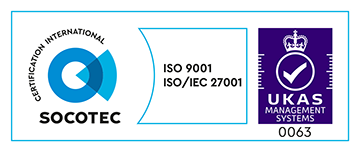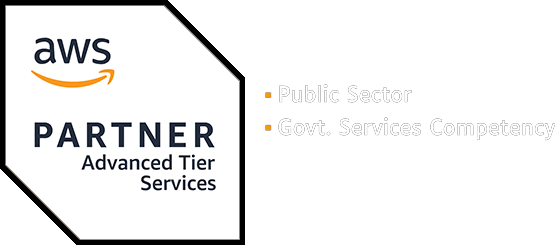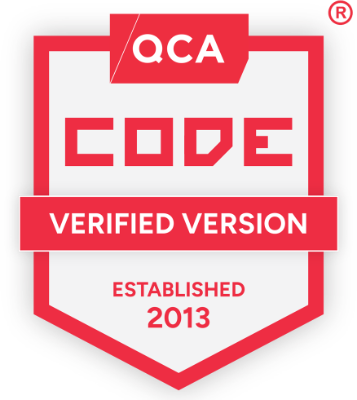The Home Office wants to make its services more efficient, helping frontline teams by improving shared services and digital tools. Over the past 4 years, we’ve worked as a delivery partner within the Enablers Portfolio, a key part of the Home Office’s Digital, Data, and Technology (DDaT) function. Our role has been both strategic and hands-on – helping to design and deliver services that make civil servants’ daily tasks faster and more efficient.
The challenge: finding a more efficient way to deliver digital services
The Home Office needed to scale its teams and improve processes while keeping services running. There were gaps in technical assurance, meaning some digital services lacked consistency. At the same time, the department wanted to reduce costs by avoiding unnecessary new technology purchases, making the most of existing tools and building shared platforms. Some projects also took too long to get started due to long discovery and planning phases.
Made Tech has worked on several projects over the past 4 years to tackle these challenges.
Strengthening technical assurance
Improving internal decision-making with the Enablers Portfolio Decision Tree
Modernising the Home Office intranet
Improving the Home Office forms platform
Consolidating Home Office CRM systems with Microsoft Dynamics
Key Home Office Enablers projects and their impact
1. Strengthening technical assurance
The Home Office Enablers Portfolio uses many different Commercial Off-The-Shelf (COTS) software products, but there was no standard way to document these, making it hard to track what was in use. Some projects lacked technical oversight, and decisions weren’t always based on a full understanding of risks.
Our approach
To fix this, we introduced a high-level design template to clearly and consistently document technical decisions. We also set up and chaired a Technical Review Forum, where teams could present their technical designs and have them peer-reviewed as a precursor to more formal governance such as the Technical Design Authority.
Results
- Faster decision-making with key documents stored in one place.
- Integrating security assurance from the start meant reducing costly fixes later.
- Clearer, more consistent ways of working and earlier peer review means improved efficiency.
Clear documentation and regular peer reviews help teams make faster decisions and get better results. Spotting security issues early avoids costly fixes later and leads to higher-quality systems. Get a clear picture of your technology estate – and what each system is for – to make it easier to reuse what you already have and keep costs under control.
2. Improving internal decision-making with the Enablers Portfolio Decision Tree
Requests to the Enablers Portfolio were often taken through a discovery phase to make sure the team fully understood the problem and could deliver a solution that met user needs. While this is good practice, it often led to buying new commercial off-the-shelf (COTS) tools for each individual problem – even when similar problems had already been solved elsewhere in the department.
This resulted in a growing number of one-off tools, each needing time-consuming assurance and acceptance, with high costs and maintenance overheads.
Our approach
To address this, we worked with the Head of Portfolio to introduce an entry-gate Decision Tree. This helped teams quickly assess whether a solution already existed that could be reused. It asked questions such as: Is this problem similar to others we’ve solved? Is there an existing platform that could meet this need? Can we break the problem down and reuse tools for part of the solution?
If reuse looked possible, teams were encouraged to move quickly to alpha or private beta phases, prototyping on existing platforms to check suitability. Discovery work was still important, but was focused on truly new or poorly understood problems – or where a new product purchase was likely. In those cases, discovery helped ensure any new tools supported wider reuse and aligned with long-term strategy.
Results
- Faster project kick-offs through clearer, more proportionate decision-making.
- Reduced time and cost, resulting in faster solutions for customers.
- Increased reuse of existing platforms, leading to a more streamlined technology estate.
- Fewer bespoke point solutions, improving maintainability and reducing assurance overhead.
- More targeted use of discovery to support genuinely new or complex problems.
Decision Trees help teams decide faster and with more confidence whether to reuse, adapt, buy, or build a solution. Avoid unnecessary discovery work to save money and speed up delivery – especially for internal services where a simpler approach often works best.
3. Modernising the Home Office intranet
The Home Office’s old intranet was outdated and inefficient, with poor search functionality and fragmented content. This made it difficult for the 45,000 staff members relying on the system to find essential information quickly and led to the emergence of ‘shadow’ intranets in other parts of the organisation. Additionally, the previous intranet was not mobile-friendly, failing to respond or render properly on mobile devices. As a result, staff couldn’t access it on their handsets, limiting flexibility and productivity.
Our approach
Made Tech provided key specialists – including content designers, business analysts, SharePoint experts and metadata consultants – to support a multidisciplinary team in designing and delivering a robust intranet solution. Our people worked alongside client teams and other suppliers to contribute expertise and shape the final outcome. We conducted in-depth user research to identify staff pain points, chose Microsoft SharePoint for its cost-effectiveness and integration and built and tested prototypes with users. The project included a full content overhaul, replacing 10,000 outdated pages with a streamlined set of 1,000 for improved clarity and usability.

Results
- User satisfaction improved considerably – approval ratings rose from 26% to 70%.
- Staff can now find information 3 times faster, reducing time spent searching for critical policies and guidance.
- The new platform is now mobile-friendly, allowing staff to access it on their handsets, improving accessibility and flexibility.
- The move to SharePoint significantly cut operational costs, replacing an £800K per year managed service with a more efficient solution.
- Ongoing improvements include new features such as feedback functionality and an acronym finder as well as long-term plans to integrate additional HR and finance content.
Modernising internal systems is essential. If official tools are slow or hard to use, staff will find workarounds, creating fragmented “shadow IT” that undermines consistency, security and efficiency.
Invest in user research, rationalising content and mobile-friendly, cost-effective platforms to bring everything back under control. This will boost productivity, improves staff satisfaction and build trust in official systems – all while lowering costs.
4. Improving the Home Office forms platform
Forms are essential for the Home Office, used for everything from visitor bookings to internal admin. The existing Form Processing Management Platform (FPMP) had major limitations . The team was often slow to deliver forms, partly due to tension between simply building a form and taking the time to redesign the underlying business process..
Our approach
We helped diagnose the problems and make targeted improvements. We streamlined form development and introduced clearer guidelines on what was a simple form request – where simply building a form would have benefits, versus more complex – requiring a discovery and potentially business process changes and full service design.
The team lacked the technical knowledge, and confidence to build forms beyond the most simple cases, meaning that implementation was delegated to the supplier, causing delays and increased costs. This lack of technical confidence also meant the team were unwilling to prototype forms on the platform, preferring tools like Figma – this led to a waterfall delivery where design and user research happened up front.
We coached their team, showing them that they could build more complex forms quickly, building confidence and unlocking an iterative approach to delivery.
Results
- Forms are now delivered more quickly and efficiently.
- Teams have the confidence and skills to build and adapt forms themselves.
- A more flexible, collaborative approach has replaced the old waterfall model.
Equip internal teams with the skills and confidence to build and improve their own digital tools. This speeds up delivery and cuts costs. Move away from rigid waterfall methods and encourage prototyping and rapid iteration instead.
Don’t wait for full service transformation if you can deliver value sooner. Use trusted platforms to solve part of the problem quickly. If it helps users, it’s worth doing.
5. Consolidating Home Office CRM systems with Microsoft Dynamics
The Home Office didn’t have a strategic CRM platform. They’d been buying different point solutions for different CRM needs, leading to high costs and inefficiencies. By the time a new solution was selected, set up, assured and approved, costs had often spiraled.
Our approach
To fix this, we helped the Home Office adopt Microsoft Dynamics as a standard CRM platform. We wrote a technical strategy that recommended staying as close to out of the box Dynamics as possible, minimising any customisations. Outlining a model of very thin customer solutions sitting on top of a common set of configurations. This approach allows a single product team to rapidly build and maintain flexible, scalable CRM solutions on a platform which is already assured for use.
Results
- Faster onboarding – new CRM customers can be set up in weeks instead of months.
- Lower costs – avoided high setup, assurance and maintenance costs for individual solutions.
- A unified CRM strategy reducing duplication and inefficiencies.
- Easier platform maintenance with automatic Microsoft updates
Use out-of-the-box features on common platforms like CRM to speed up onboarding, reduce assurance effort and make maintenance easier. Avoid customising unless absolutely necessary. It will keep costs down and avoid duplication.
A well-managed platform that covers 80% of needs is often good enough. Support users to adapt their processes where needed. Focus on delivering something usable and available now. Don’t chase perfection.
The impact of our work over 4 years
Across multiple projects, we’ve helped the department work more efficiently, speed up decision-making and ensure civil servants have the right tools to do their jobs.
For more information on the digital transformation services we offer, visit our digital transformation website or take a look at our national security and public safety pages.


